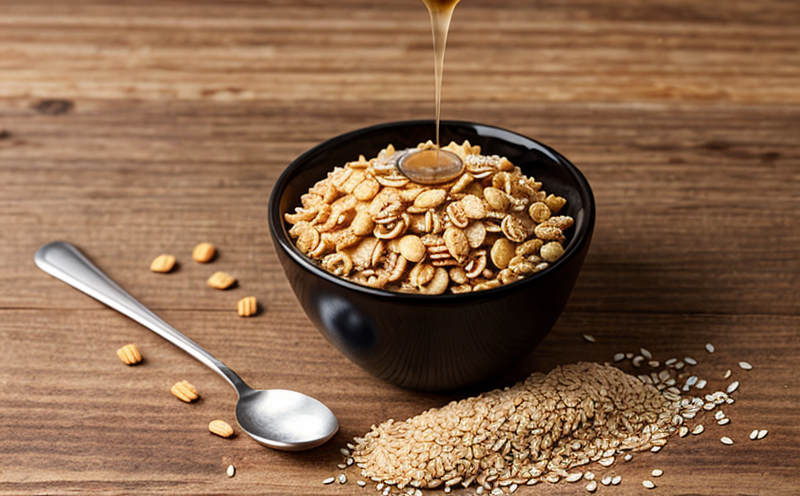ISO 31928 Dioxin Residue Profiling in Aquaculture Products Validation Method Development Test
The ISO 31928 standard provides a comprehensive approach for the validation of methods used to detect dioxins and related compounds (dibenzo-p-dioxins, dibenzofurans, and coplanar polychlorinated biphenyls) in aquaculture products. This service is critical for ensuring the safety and regulatory compliance of seafood products, particularly those destined for human consumption.
Dioxins are a group of highly toxic chemicals that have been identified as environmental pollutants. They can be generated through various industrial processes and may enter aquatic systems via air or water pollution. The presence of dioxins in aquaculture products can lead to significant health risks if not properly managed, making it essential for the industry to adhere strictly to stringent testing protocols.
Our service involves the development, validation, and implementation of a method that adheres to ISO 31928 standards. This process includes several key steps:
- Method Development: We work closely with clients to understand their specific needs and requirements for detecting dioxins in their aquaculture products. Based on this input, we design a tailored analytical method that meets the desired sensitivity levels.
- Validation: The developed method undergoes rigorous validation to ensure it consistently produces accurate results under various conditions. This includes evaluating linearity, precision, accuracy, and robustness of the method.
- Sample Preparation: Samples are prepared according to standard procedures outlined in ISO 31928, ensuring that they are representative of the actual product being tested.
The testing process itself involves multiple steps, including sample extraction using solvent-based techniques followed by clean-up processes. High-resolution gas chromatography coupled with high-sensitivity mass spectrometry (HRGC-HRMS) is employed to achieve the necessary sensitivity and specificity required for detecting trace levels of dioxins.
Our laboratory adheres strictly to ISO 17025 accreditation standards, ensuring that all tests are conducted in a controlled environment using state-of-the-art equipment. This commitment to quality control guarantees reliable results every time.
The importance of this service cannot be overstated given the potential health risks associated with dioxin contamination in seafood products. By partnering with us, you can ensure that your company remains compliant with international standards and maintains its reputation for delivering safe, high-quality products.
Real-world Applications: This testing method is particularly relevant for large-scale aquaculture operations where multiple species are cultivated simultaneously within the same water body. It helps identify any cross-contamination issues that might arise due to differences in feed or other inputs used across different farming units.
Quality and Reliability Assurance
- Method Validation: Our services ensure that the methods we develop meet the stringent requirements set forth by ISO 31928. This includes thorough validation of analytical procedures to guarantee accurate results.
- Sensitivity: Using advanced HRGC-HRMS technology allows us to detect even trace amounts of dioxins, providing clients with peace of mind regarding product safety.
In addition to these technical aspects, our quality assurance measures extend beyond just the laboratory environment. We maintain detailed records throughout each stage of the testing process, from sample receipt through final analysis and reporting. These records are made available upon request to demonstrate compliance with ISO 31928 standards.
Environmental and Sustainability Contributions
The development and implementation of reliable dioxin detection methods contribute significantly towards protecting both human health and the environment. By identifying sources of contamination early on, we help prevent further spread into aquatic ecosystems where it could harm wildlife as well.
Our work aligns closely with global initiatives aimed at reducing environmental pollution caused by industrial activities. Through accurate monitoring practices like those provided under ISO 31928, we play a crucial role in supporting sustainable practices within the aquaculture industry.
Competitive Advantage and Market Impact
- Regulatory Compliance: Adhering to international standards ensures that your products meet all necessary regulatory requirements, thereby avoiding potential legal issues or costly recalls.
- Informed Decision Making: Early identification of contaminants allows you to make informed decisions about corrective actions needed to maintain product quality and safety standards.
By investing in our services, companies gain a competitive edge by demonstrating their commitment to maintaining the highest levels of product integrity. This can enhance customer trust and loyalty while also attracting new business opportunities from markets that prioritize ethical sourcing practices.





